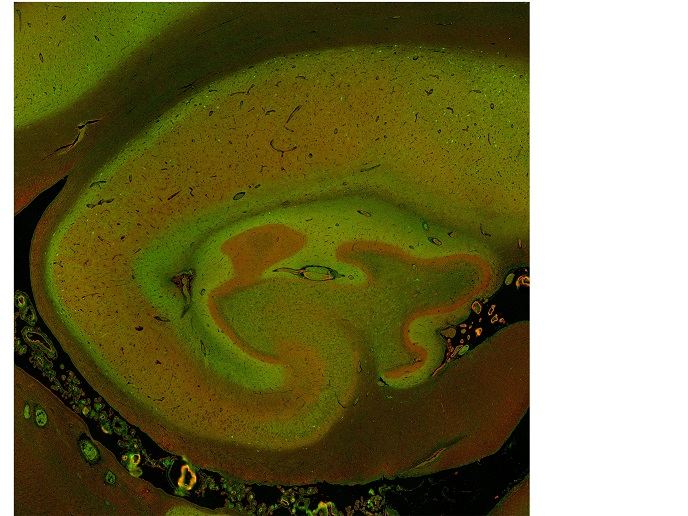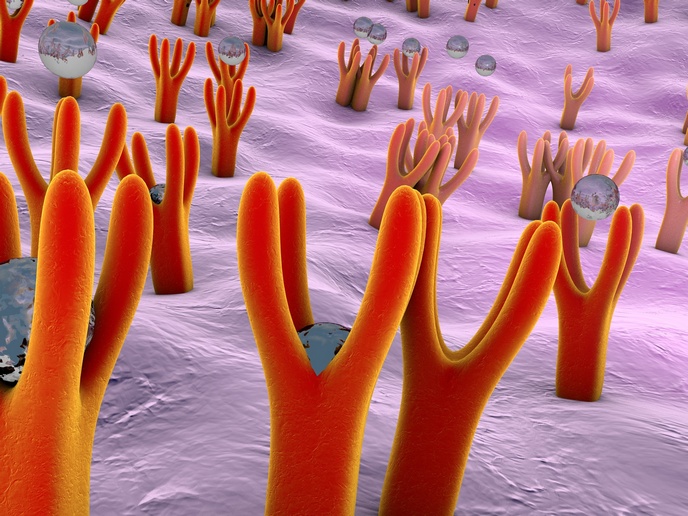Training the next generation of scientists in drug discovery for Alzheimer’s disease
Many pharmaceutical companies have discontinued their AD research and development programmes, owing to disappointing results from clinical trials. As a result, there are no AD drugs in the market despite the growing number of patients worldwide.
Towards the discovery of AD biomarkers
To address this need for Alzheimer’s treatment, the SyDAD(opens in new window) project united academia and industry in a collaborative effort to advance our understanding of the disease's molecular mechanisms. Undertaken with the support of the Marie Skłodowska-Curie programme(opens in new window), the SyDAD project trained early-stage researchers (ESRs) in the mechanisms underlying synaptic dysfunction, a hallmark of early stage AD. “The plasticity of synapses(opens in new window) provides an excellent therapeutic target for improving cognition in AD patients,” explains project coordinator Bengt Winblad. Investigation of the molecular mechanisms in physiological and pathological synapses will lead to the identification of potential leads in the drug discovery pipeline. The SyDAD ESRs discovered the presence of specific proteins in the AD brain synapses. They also found that the key player in AD pathology, the protein tau, causes inflammation and impairs calcium homeostasis. Some SyDAD findings have the potential to be implemented as pharmaceutical interventions in the future. For example, a peptide that improves the processing of the precursor protein of the amyloid beta-peptide may help reduce plaque formation and delay AD onset. In another instance, a screen for mitochondrial stabilisers has led to identification of a molecule with effect on several mitochondrial functions and the capacity to stabilise AD synapses. Furthermore, scientists observed that synaptic biomarkers in conventional cerebrospinal fluid (CSF) are altered in animal models of AD and can be useful in drug discovery. The close correlation between CSF markers and electroencephalography (EEG) patterns highlighted the potential of EEG recordings as a non-invasive biomarker for AD.
An AD research network to train new researchers
“Central to the discovery of drugs for AD is the training of a group of promising, skilled young scientists with a collaborative and innovative mindset,” emphasises project manager Susanne Frykman. Alongside the established SyDAD network of academic and industrial AD researchers across Europe, these trainees will ensure that research in the field continues. Dissemination of SyDAD expertise at the international course of the Bordeaux School of Neuroscience(opens in new window) enables ESRs to pass on the project's established methods to other young scientists from around the globe. SyDAD's collaborative efforts have resulted in a number of publications and various preclinical tools to advance the drug discovery field. The idea is to establish an efficient and collaborative drug discovery platform for intervention in AD synaptic dysfunction based on resources already present within the network. So far, the established methods and models set the basis for the study of synaptic dysfunction AD. “We will continue to investigate synaptic dysfunction to develop potential treatment strategies against memory impairment in AD, with the ultimate aim of bringing them into clinical trials,” notes Winblad. The plan is also to continue investigating potential biomarkers that could serve as diagnostic or progression biomarkers and improve patient stratification as well as efficacy assessment in future clinical trials.







